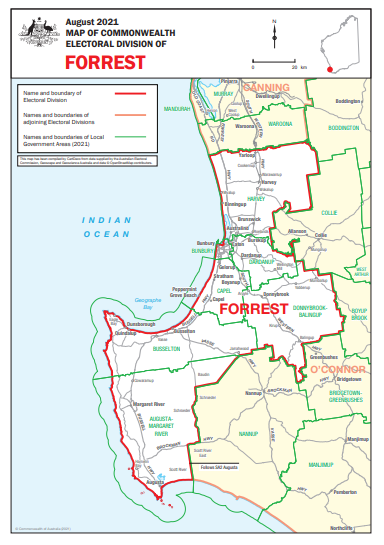|
|
|
|
| Adam Carr's Election Archive
|
Australian federal election, 2022
Division of Forrest, Western Australia
Named for: Rt Hon Sir John Forrest (1847-1918), explorer and
surveyor. WA MP 1883-87, 1888-1901, first Premier of WA 1890-1901,
federal MP 1901-18.
South-western Western Australia: Bunbury, Bussleton, Capel, Harvey, Margaret River
State seats: All of
Bunbury and
Vasse, parts of
Collie-Preston,
Murray-Wellington and
Warren-Blackwood
Local government areas: All of
Augusta-Margaret River,
Bunbury,
Busselton,
Capel,
Dardanup,
Donnybrook-Balingup and
Harvey
Borders with:
Brand,
O'Connor
Enrolment at 2019 election: 105,421
Enrolment at 2022 election: 113,148 (+07.3)
1999 republic referendum: No 65.1
2018 same-sex marriage survey: Yes 63.8
Sitting member: Nola Marino (Liberal):
Elected 2007, 2010, 2013, 2016, 2019
2007 Liberal majority over Labor: 5.8%
2010 Liberal majority over Labor: 8.7%
2013 Liberal majority over Labor: 12.3%
2016 Liberal majority over Labor: 12.6%
2019 Liberal majority over Labor: 14.6%
2019 notional Liberal majority over Labor: 14.6%
Liberal two-party vote 1983-2019
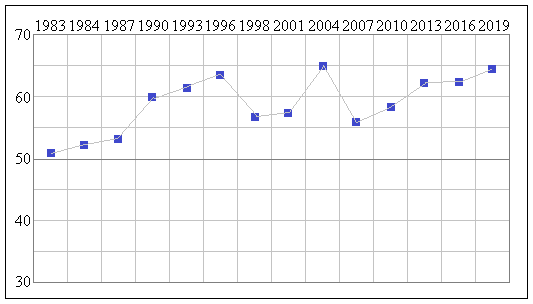
Status: Safe Liberal
Best Liberal booths, two-party vote: Acton Park (84.6), Ferguson (76.2), Dardanup (74.6), Bussleton PPVC (73.2),
Harvey (70.8)
Best Labor booths, two-party vote: Margaret River (52.6), Witchcliffe (49.9), Withers (48.4), Carey Park (46.5),
Balingup (45.0)
2019 results
Statistics and history
Candidates in ballot-paper order:
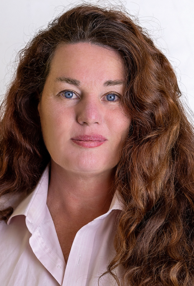 |
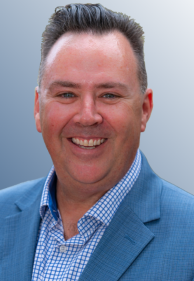 |
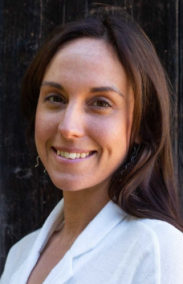 |
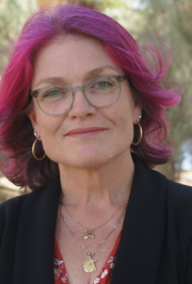 |
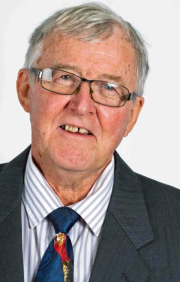 |
1. Helen Allen
United Australia Party |
2. Paul Markham
Liberal Democrats |
3. Mailee Dunn
Australian Federation Party |
4. Christine Terrantroy
Australian Greens |
5. Greg Stephens
Western Australian Party |
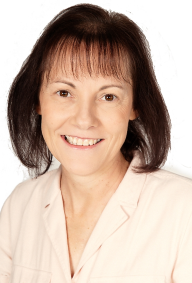 |
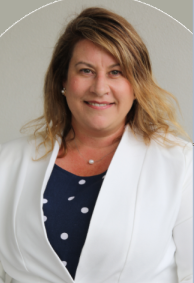 |
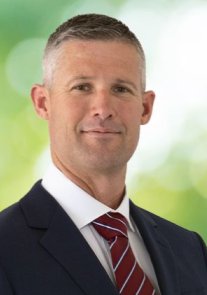 |
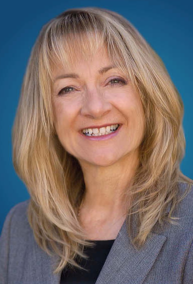 |
6. Tracy Aitken
Great Australian Party |
7. Bronwen English
Australian Labor Party |
8. Shane Metzger
Pauline Hanson's One Nation |
9. Hon Nola Marino
Liberal Party |
Candidate websites:
Tracy Aitken
Helen Allen
Bronwen English
Hon Nola Marino
Paul Markham
Shane Metzger
Christine Terrantroy
Division of Forrest
Forrest was created in 1922, occupying the rural south-western corner of WA, whose largest centre is Bunbury.
Although this is still a largely agricultural area, tourism is becoming an increasingly important industry,
employing 5.9% of the workforce. Forrest has the typical characteristics of a rural seat: low median icome level,
low level of people from non English speaking countries and low proportion of people in professional occupations.
Forrest has a usually been a safe seat for the non-Labor parties: Labor has only won it three times, most recently in
1969. Before 1949 it was usually a Country Party seat but the Nationals are no longer a serious threat to Liberal
dominance. Members for Forrest have included Labor Cabinet minister
Nelson Lemmon and Liberal Cabinet minister
Gordon Freeth.
Nola Marino, Liberal MP for Forrest since 2007, was a small business owner in Harvey before her election. She was
Chief Government Whip 2015-19, and has been Assistant Minister for Regional Development and Territories since 2019.
The 2021 redistribution removed the Shire of Nannup, making the seat more coastal and less agricultural, without changing the
Liberal margin. The Labor candidate is Bronwen English, an early childhood educator and youth worker.
The state seats in this area produced huge swings to Labor at the 2021 state election. This was
entirely due to state issues and should not be taken as an indicator that similar results
can be expected in WA at a federal election.
Demographics:
Median weekly household income: $1,361 (Australia $1,438)
People over 65: 16.6% (Australia 15.8%)
Indigenous: 2.2% (Australia 2.8%)
Australian born: 72.6% (Australia 66.7%)
Non-English-speaking households: 8.5% (Australia 22.2%)
Catholics 19.2% (Australia 22.6%)
No religion 36.0% (Australia 29.6%)
University graduates: 13.6% (Australia 22.0%)
Professional and managerial employment: 26.9% (Australia 35.2%)
Employed in manufacturing and construction: 31.5% (Australia 22.9%)
Employed in agriculture: 6.3% (Australia 3.3%)
Paying a mortgage: 38.5% (Australia 34.5%)
Renting: 27.0% (Australia 30.9%)
Traditional families: 31.7% (Australia 32.8%)
Back to main page
| |

